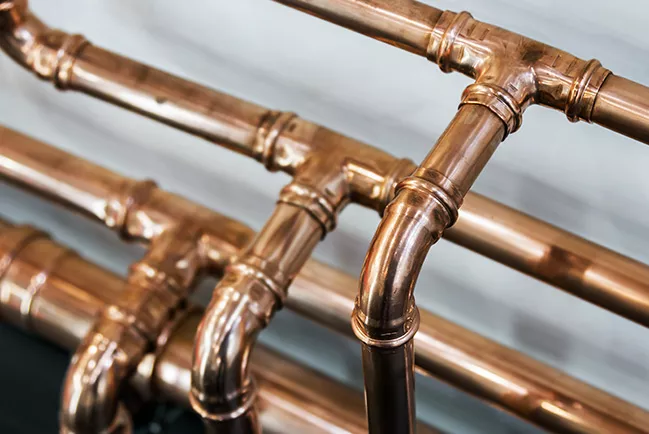There are several different types of Plumbing Pipes. The outside diameter of the pipe is measured from its outside edge to its outer edge. The inside diameter is the actual opening. Knowing which of these two measurements you have is crucial when choosing the correct replacement pipes. Here is some information on both. It will help you make the right choice. However, if you’re not sure which one you have, call a professional plumber for advice. This way, you’ll be able to avoid costly mistakes and get the plumbing work done correctly the first time.
One type of Plumbing Pipe is known as a water pipe. It is typically made of plastic or metal and is part of the municipal water system. The water pipe is responsible for carrying treated fresh water to a building. In some cases, it is even responsible for delivering drinking water. To ensure safety, you should purchase pipes with NSF-PW and NSF-61 labels. These certifications mean that the material meets the standards of NSF. PVC also has an advantage over other materials, such as metal, which is non-corrosive.
Copper pipe is a very common type of Plumbing Pipe. Copper pipes have been used for decades and are still popular in new construction. They do not change the taste of the water but can be expensive. You can use copper pipe if you have experience soldering copper pipes. Copper pipes must be installed with a propane torch. Copper pipes can also be expensive and require special skills. However, copper pipes have several advantages and disadvantages. The pros and cons of copper pipes are as follows:
Copper Pipes are lightweight and durable. Copper pipes have diameters ranging from 1/2 inch to one inch. There are several types of copper pipes, categorized according to thickness of the pipe wall. The thinnest one is ideal for indoor water applications, while thicker ones are best for gas service lines. However, copper pipes can be susceptible to interior flaking due to sulfur content. Copper pipes can be joined by brazing, soldering, or compression couplers. Copper pipes, however, require a higher investment than other types of plumbing pipes.
Galvanized steel pipes were once the piping material of choice in residential construction. The name “water pipe” refers to a bong or hookah, as well as copper water tubes used in radiator heating systems. Copper pipes have numerous advantages over galvanized steel pipes. Copper is corrosion-resistant, and has less chances of clogging. Copper will stop rusting if properly maintained. It will also protect your home from bacteria.
Polyvinyl chloride pipes are another popular type of pipe. They are lightweight and easy to work with, and they’re also resistant to rust and corrosion. The downside to PVC pipes, however, is that they’re not designed to carry hot water. They can warp or melt under high pressure. A few precautions should be taken when installing PVC pipes. If you’re considering these pipes, consider the pros and cons before making a final decision.


